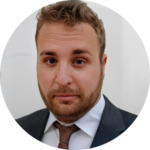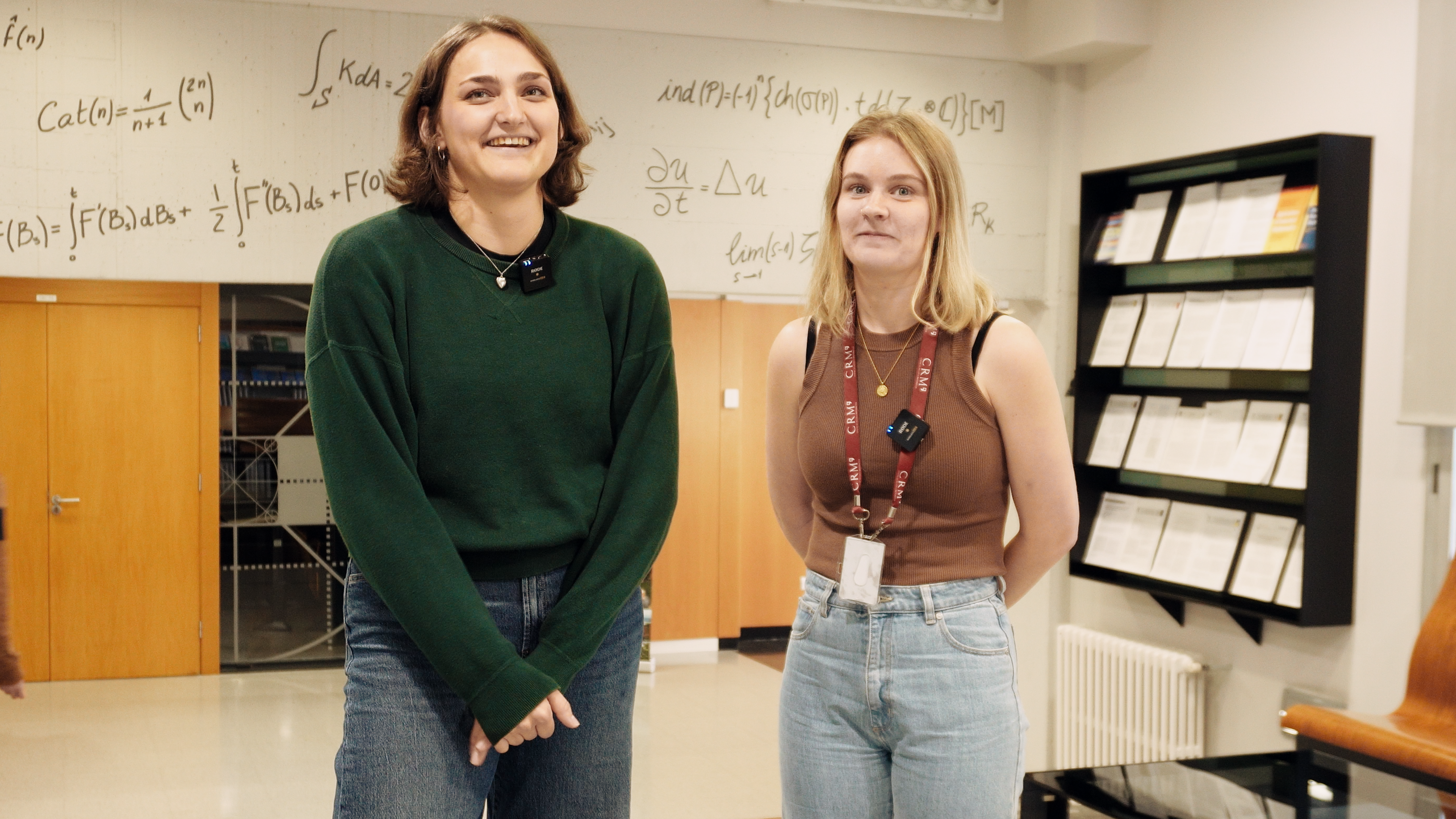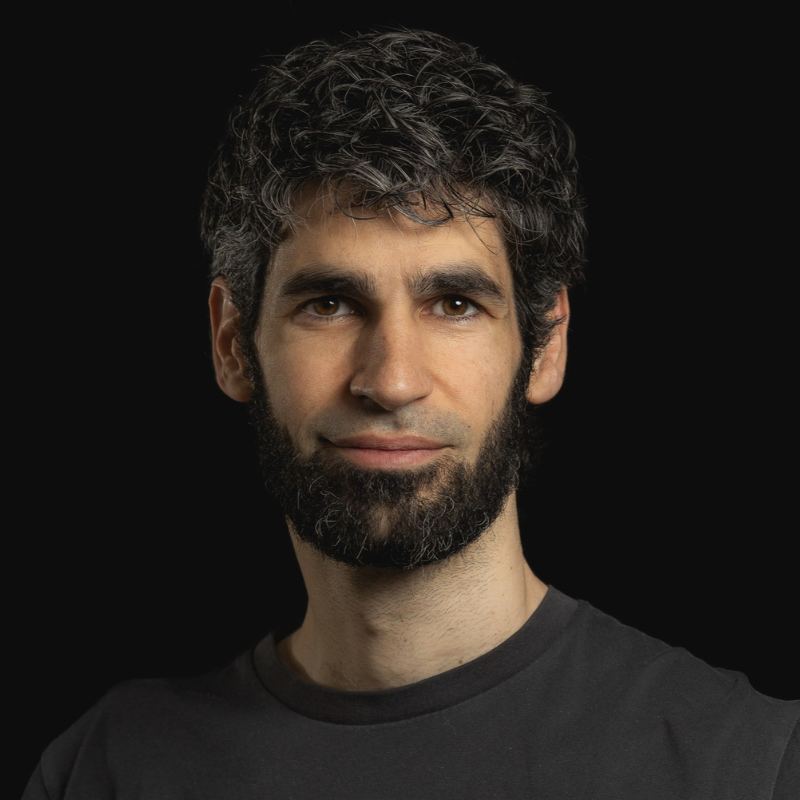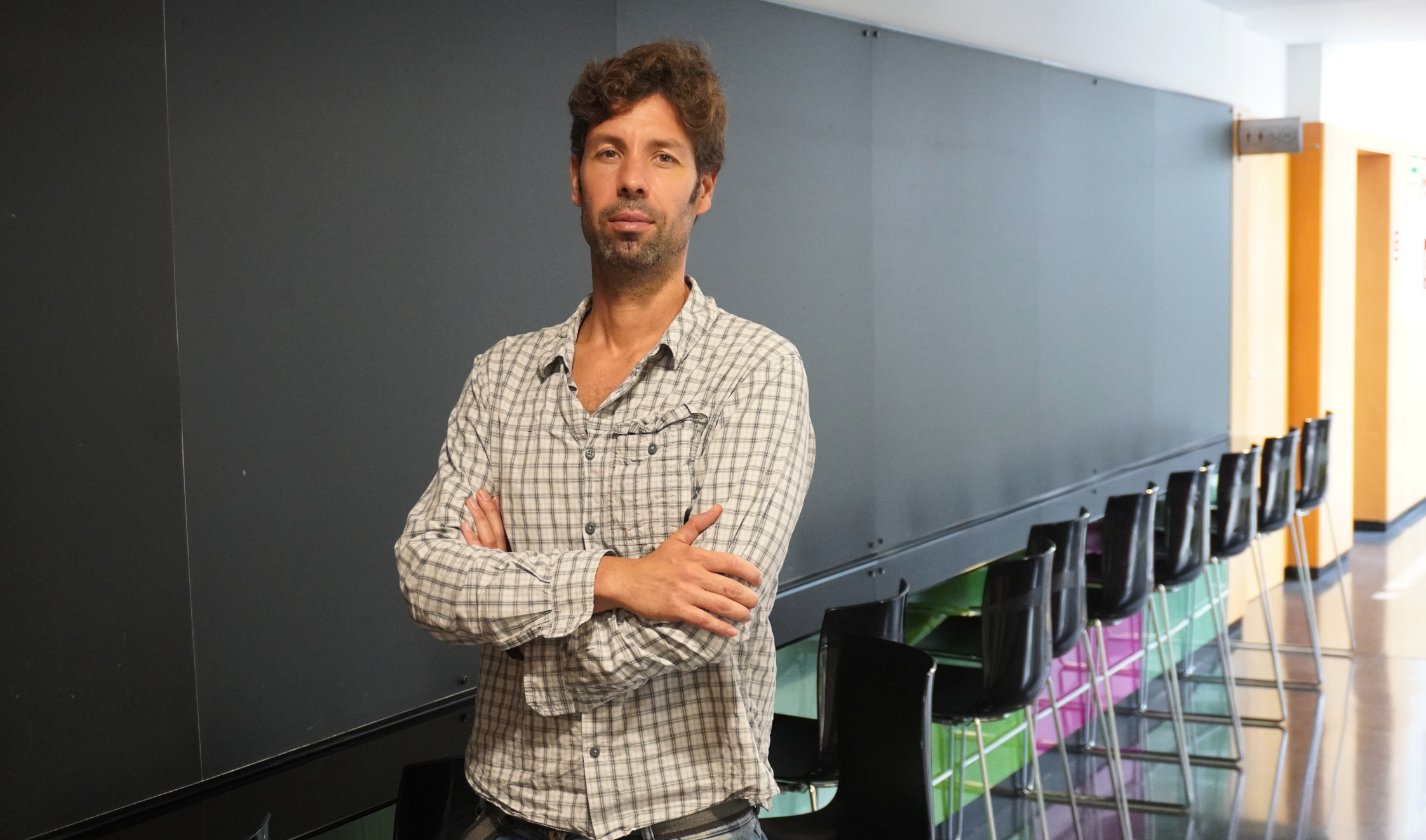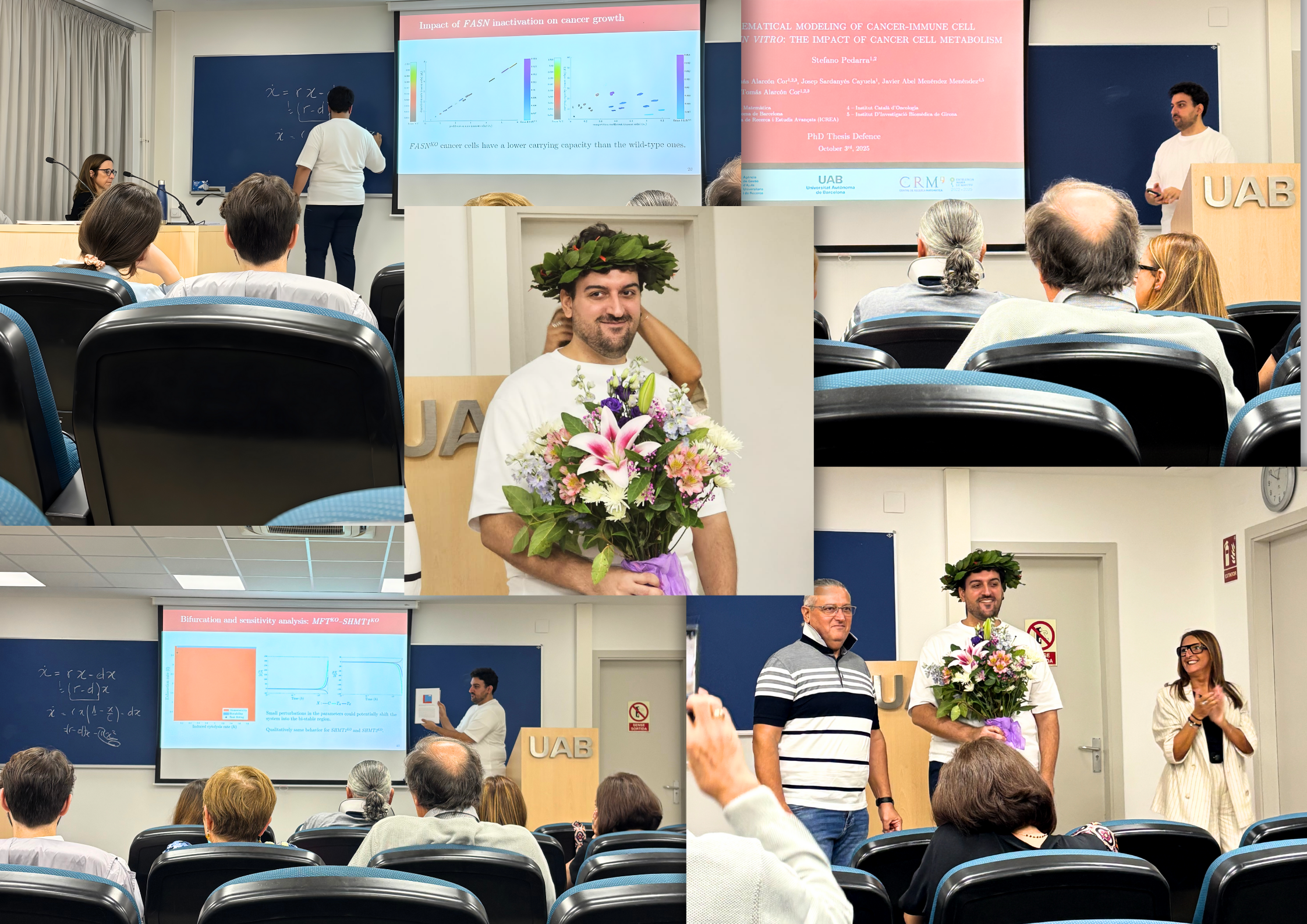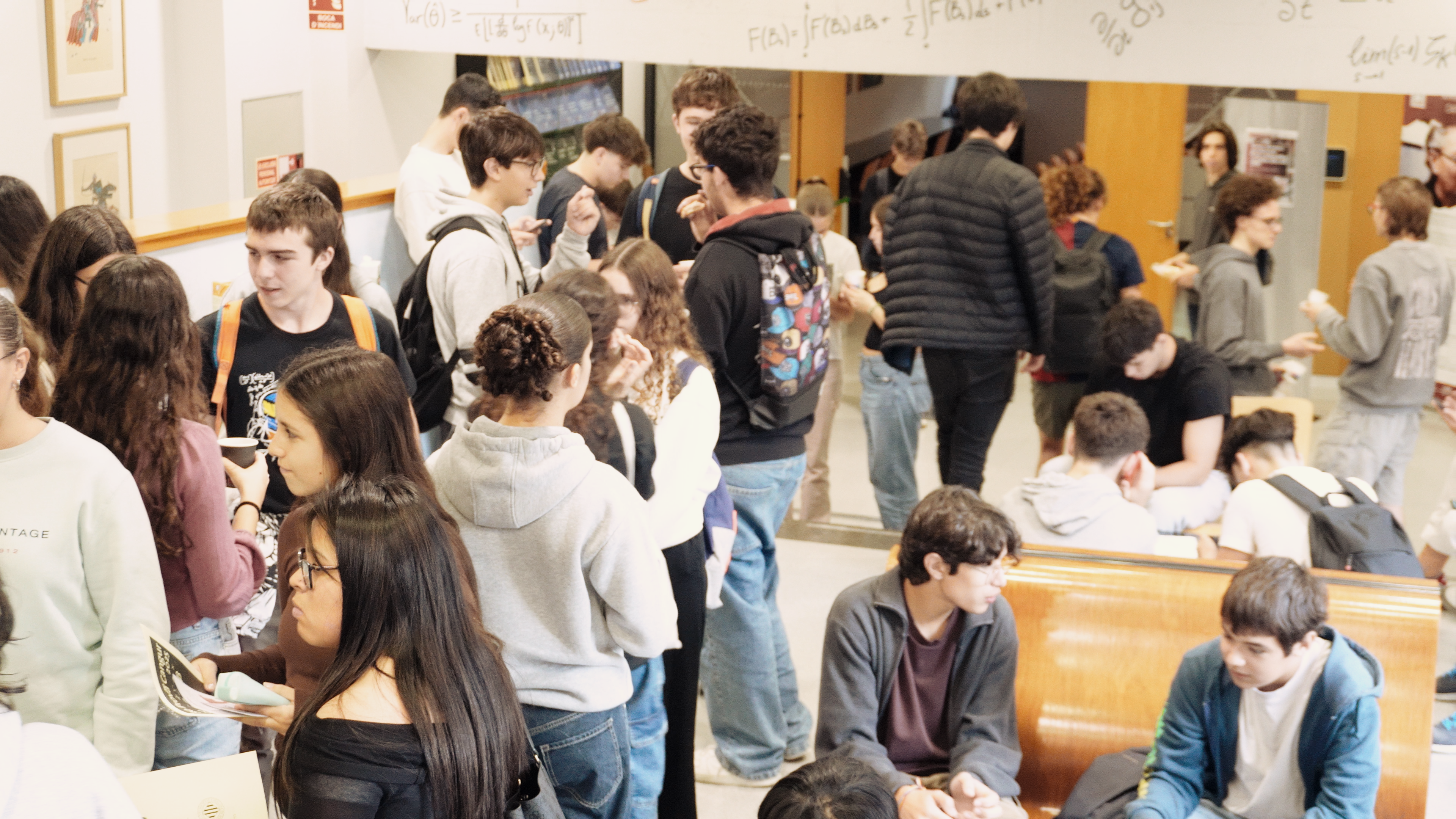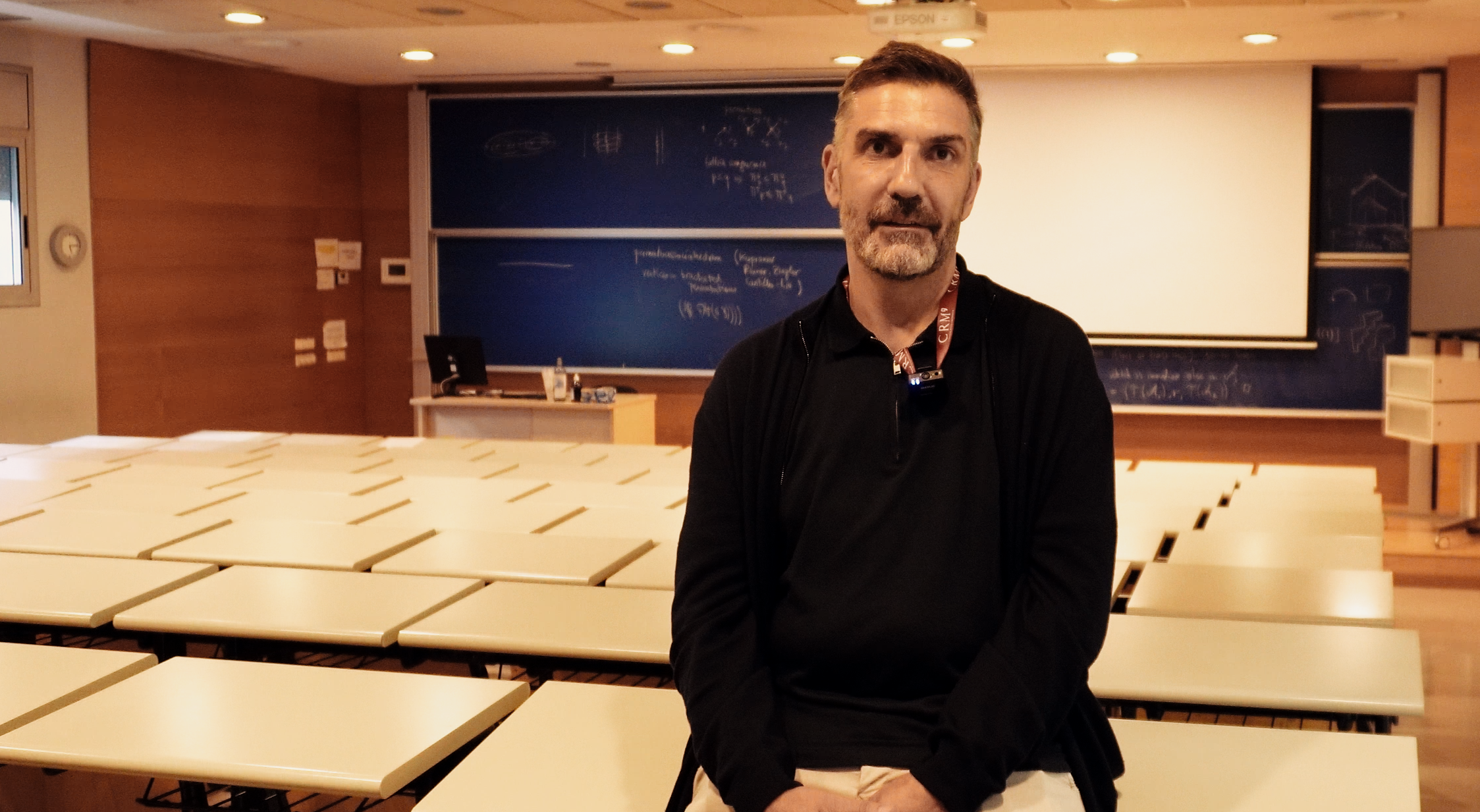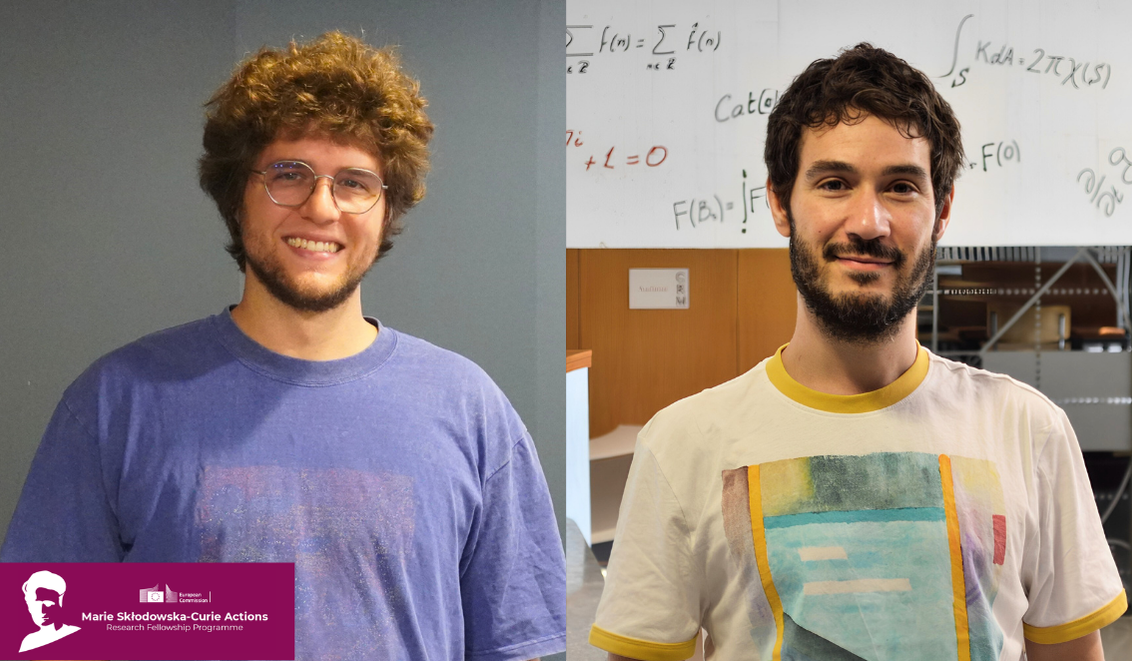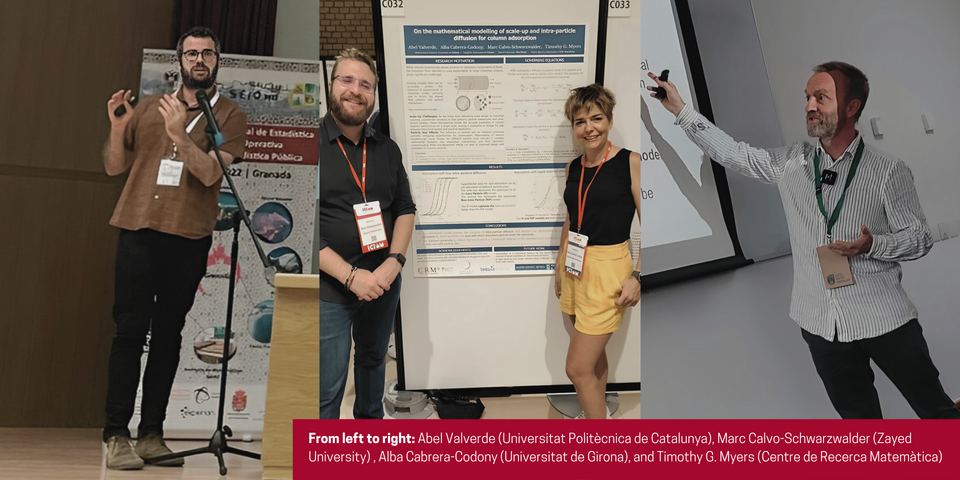
A new article by Abel Valverde (Universitat Politècnica de Catalunya), Alba Cabrera-Codony (Universitat de Girona), Marc Calvo-Schwarzwalder (Zayed University) and Timothy G. Myers (Centre de Recerca Matemàtica), published by the International Journal of Heat and Mass Transfer, proposes a mathematical formulation that, unlike standard models, focuses on the impact of adsorbent particle size on the efficiency of column sorption.
In our ongoing quest for a more sustainable future, one of the pivotal challenges we face is the removal of contaminants from our atmosphere and water. The most widely used method is a technique known as column sorption, either through absorption (where fluid molecules are dissolved or soaked up inside a solid or liquid) or adsorption (where molecules attach to a material’s surface). This process is like a molecular filter, selectively trapping and removing undesirable substances from gases or liquids as they flow through a column. Think of it as a super-efficient bouncer at a nightclub, only allowing the most unwanted party crashers to be ejected.
While this process may sound straightforward, the reality is much more intricate. Column sorption, as it stands, can be quite costly while more cost-effective alternatives do not offer the same environmental benefits. To understand why, we need to delve into the nitty-gritty of these filtration systems. Scientists typically start by testing small sorption columns about 1 to 15 centimetres long. However, real industrial-sized filters can be colossal in comparison, stretching up to 5 meters in length. Here’s the problem; what we discover from the small ones doesn’t always translate seamlessly to their bigger counterparts. A host of factors contributes to this unpredictability, including changes in flow patterns and the influence of wall proximity in small columns.

Now a team of researchers from the Universitat Politècnica de Catalunya, the Universitat de Girona, Zayed University, and the Centre de Recerca Matemàtica has developed a new mathematical model that accounts for the size of the adsorbent particles, which could help work around the scale-up problem when moving from experimental studies to working devices. This work sets up the basis to help us prepare for future research on how to make the big filters work better and be more cost-effective.
A Mathematical Model Accounting for Intra-particle Diffusion.
In the article, published by the International Journal of Heat and Mass Transfer, the research team has focused on a concept called intra-particle diffusion. This refers to how contaminants move within the adsorbent particles. As these particles grow in size, the time it takes for contaminants to reach the inner sanctum of adsorption sites also increases. Sometimes, this diffusion timescale becomes comparable to the adsorption timescale, leading to an imbalance in the governing equations. In simpler terms, it’s like a marathon where some runners have a head start and others need to catch up.
Another crucial aspect of sorption column studies is the breakthrough curve, a graphical representation of the concentration of contaminants at the column outlet over time that shows us how efficiently our filter works. To obtain a breakthrough curve, a column or adsorption bed filled with a solid adsorbent material is commonly used. In the column, a mixture containing the components to be separated is introduced. As the contaminants flow through the column, initially, our filter is at the peak of its performance, effectively capturing the unwanted components. However, as time goes on, it gets worn out and can’t catch any more.
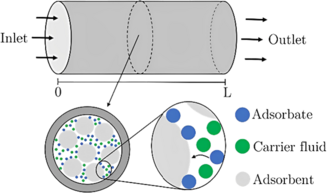
Schematic of the experimental setup.
To validate their models, the researchers turned to experiments to compare their findings with real-world breakthrough data. When they used bagasse fly ash as the adsorbent for wastewater treatment from a sugar distillery, for instance, smaller particles behaved predictably, producing a more common S-shaped breakthrough curve. However, larger particles marched to a different drumbeat, displaying an initial linear rise followed by an exponential increase. These findings deviated from more conventional mathematical models.
Similarly, when they looked at phosphorus removal with biochar microspheres, larger spheres exhibited a similar initial linear increase, followed by a slow decay, while smaller spheres followed a different pattern. Despite variations in materials and adsorption mechanisms, the common denominator appeared to be the impact of particle size.
Exploring the Environmental Applications of Diffusion
The study analyses comprehensive analytical models with and without intra-particle diffusion, based on linear and nonlinear sinks. The researchers developed a sophisticated mathematical formulation that takes into account the size of the particles and their internal diffusion. This model introduces a rate parameter, essentially a measure of how easily adsorbent particles allow contaminants to be absorbed. A high value means easy entry and a low value indicates difficulty. This parameter’s behaviour was confirmed through experiments, showing it’s sensitive to factors like inlet concentration and flow rate.
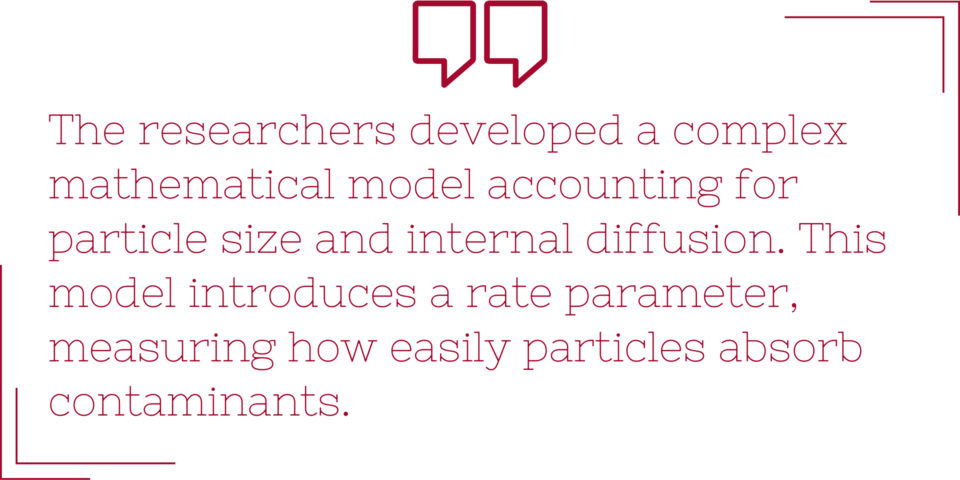
This model is more complex than traditional models involving mass balance and kinetic equations. However, it offers the advantage of accommodating size effects and intra-particle diffusion. In certain scenarios, it aligns with traditional models. Conversely, in cases where contaminants take their time to enter or adsorption mainly occurs on the particle’s outer surface, this model exhibits clear distinctions, surpassing traditional models in predicting breakthrough trends.
This study is part of a project funded by the Spanish Ministry of Science and Innovation and provides a significant contribution to our understanding of column sorption and contaminant removal. Future research endeavours may explore even more advanced models, including those that consider a broader range of effects, such as pore blocking by large molecules. As we continue our journey toward a cleaner tomorrow, the synergy between mathematics and environmental science remains one of our most potent tools.
Referenced article:
Valverde, A., Cabrera-Codony, A., Calvo-Schwarzwalder, M., & Myers, T. G. (2024). Investigating the impact of adsorbent particle size on column adsorption kinetics through a mathematical model. International Journal of Heat and Mass Transfer, 218, 124724.
RESEARCH TEAM

CRM Comm
Pau Varela
CRMComm@crm.cat
Subscribe for more CRM News
BAMB! 2025: Participants Return to the CRM for Research Stays
In October 2025, the Centre de Recerca Matemàtica hosted Josefine Meyer (ISTA) and Cate MacColl (University of Queensland) for a month-long research stay following their participation in the BAMB! Summer School. Despite studying vastly different subjects, from...
Connecting Shapes, Patterns, and Ideas: the Closing Conference on Combinatorial Geometries and Geometric Combinatorics
During five days, the CRM hosted the Closing Conference of the MDM Focused Research Programme on Combinatorial Geometries & Geometric Combinatorics. The event featured plenary talks, contributed sessions, and posters on topics from matroids and polytopes to...
Xavier Ros-Oton among the 65 most cited mathematicians in the world
ICREA professor at the Universitat de Barcelona and CRM affiliated researcher Xavier Ros-Oton appears on Clarivate's Highly Cited Researchers 2025 list, which this year reinstates the mathematics category after two years of exclusion.Citations are a strange way to...
New Horizons for H- and Γ-convergence: From Local to Nonlocal (and viceversa)
The researchers Maicol Caponi, Alessandro Carbotti, and Alberto Maione extended the H- and Γ-convergence theories to the setting of nonlocal linear operators and their corresponding energies. The authors were able to overcome the limitations of classical localization...
Diego Vidaurre joins the CRM through the ATRAE talent programme
Diego Vidaurre has joined the Centre de Recerca Matemàtica through the ATRAE programme, bringing his expertise in modelling spontaneous brain activity across multiple data modalities. His work focuses on understanding how the brain’s intrinsic dynamics shape...
El CRM a la Setmana de la Ciència: una ruta entre dones, formes i pensament
El CRM va participar en la 30a edició de la Setmana de la Ciència amb una ruta guiada que va combinar les biografies de dones matemàtiques amb obres d'art del centre, connectant ciència, història i creació artística.El 12 de novembre, el Centre de Recerca Matemàtica...
Stefano Pedarra Defends his PhD Thesis on the Interaction between Tumour Cells and the Immune System
Stefano Pedarra has completed his PhD at the Centre de Recerca Matemàtica with a thesis exploring how tumour-cell metabolism shapes the immune system’s ability to fight cancer. His work brought mathematics and biology into direct conversation, from building models to...
Els estudiants participants a la prova de preselecció de Bojos per les Matemàtiques visiten el CRM
La prova de preselecció de Bojos per les Matemàtiques va reunir estudiants de tot Catalunya a la UAB i al CRM, amb presentacions a càrrec de Montse Alsina, presidenta de la Societat Catalana de Matemàtiques, Núria Fagella, degana de la Facultat de Matemàtiques i...
Jordi Mompart highlights the role of artificial intelligence in sport at the XIII GEFENOL-DIFENSC Summer School
The XIII GEFENOL-DIFENSC Summer School gathered over thirty researchers from across Europe to explore how statistical physics helps explain complex phenomena in biology, ecology, networks, and social systems. In his closing lecture, Jordi Mompart (UAB) examined how...
Critical Slowing Down in Genetic Systems: The Impact of Bifurcation Proximity and Noise
An international collaboration including researchers from the Centre de Recerca Matemàtica (CRM) has shown that when several bifurcations occur close to one another, their interaction can dramatically amplify critical slowing down effect - the progressive slowdown of...
Two CRM researchers begin their Marie Skłodowska-Curie fellowships
Gustavo Ferreira and Tássio Naia, CRM postdoctoral researchers and new Marie Skłodowska-Curie fellows. Gustavo Ferreira and Tássio Naia, who joined the CRM in 2023 through the María de Maeztu programme, have started their Marie Skłodowska-Curie postdoctoral...
Matroid Week at CRM: A Collaborative Dive into Combinatorial Geometries
From October 13 to 17, 2025, the CRM hosted Matroid Week, a research school on combinatorial geometries and matroid theory. Courses by Laura Anderson and Geoff Whittle explored intersection properties and structural emergence in matroids. The event fostered deep...




